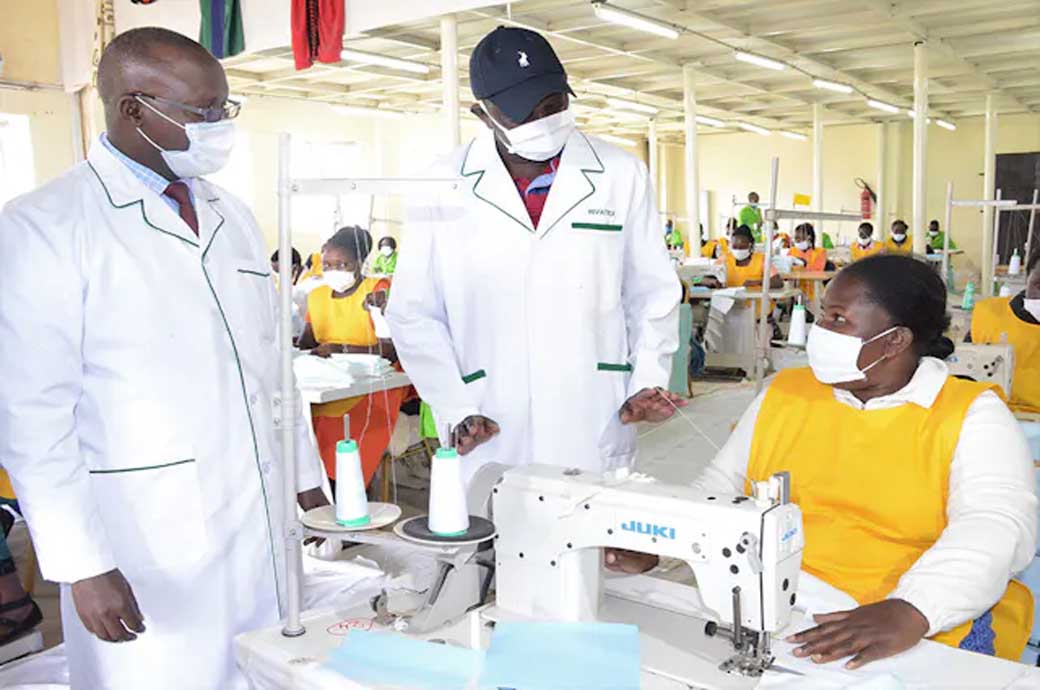This is as per media reports, which added this collaboration signals a significant boost to Rivatex’s operations, with projections indicating a surge in fabric demand accompanied by the creation of 4,000 new employment opportunities for tailors, which is expected to revolutionise Kenya’s textile industry landscape.
As part of the agreement, the Chinese firm will deploy technical experts to Rivatex, facilitating the enhancement of fabric quality to align with AGOA’s stringent standards. With a substantial investment earmarked for modernising operations to meet international requirements, Rivatex aims to ensure its products are primed for AGOA markets, fostering increased profitability and job creation.
Partnerships between Rivatex and GTAHC signifies a leap forward for Kenya’s textile industry.
Projections indicate a surge in fabric demand accompanied by creation of 4,000 new employment opportunities for tailors.
Through collaborative efforts, these entities are poised to leave an indelible mark on the nation’s industrial landscape, as per reports.
Wang Wang, the proprietor of GTAHC Industrial Park (EPZ) Limited, underscored the collaborative spirit, emphasising knowledge sharing and expertise exchange to elevate fabric manufacturing quality.
The Chinese firm, specialising in garment production for AGOA markets, recognises Rivatex’s potential to meet the burgeoning demand for high-quality textile products in the American market.
This partnership is not only a boon for Rivatex’s growth trajectory but also a mutually beneficial arrangement. Rivatex managing director, Prof. Thomas Kipkurgat, anticipates a significant increase in annual revenue from fabric supply, alongside a substantial employment surge to 3,000 workers.
Additionally, the partnership promises to invigorate cotton farming, with increased demand for raw materials to sustain expanded operations.
Prof. Kipkurgat’s vision extends beyond operational enhancements even as he aims to reduce cotton imports by incentivising local cultivation through certified seeds and favourable pricing structures.
Reviving defunct ginneries and cooperative societies emerges as a pivotal strategy to revitalise the cotton sub-sector, ensuring long-term sustainability and self-sufficiency.
Fibre2Fashion News Desk (DR)







